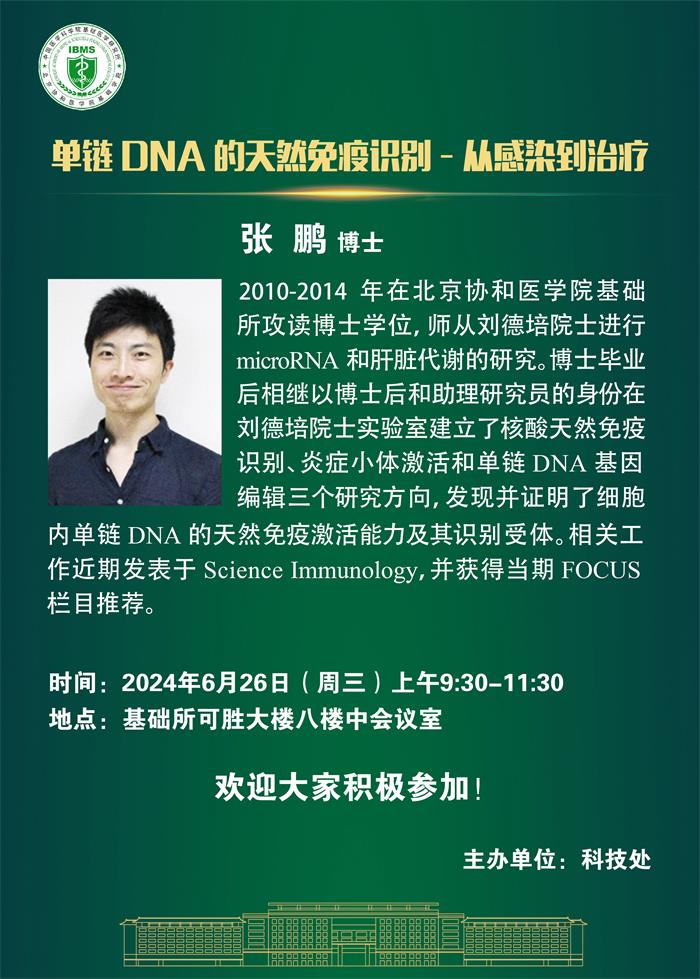Specific Phosphorylation of Histone Demethylase KDM3A Determines Target Gene Expression in Response to Heat Shock.
Specific Phosphorylation of Histone Demethylase KDM3A Determines Target Gene Expression in Response to Heat Shock.
Cheng MB1, Zhang Y1, Cao CY1, Zhang WL2, Zhang Y1, Shen YF1.
PLoS Biol. 2014 Dec 23;12(12):e1002026
PMID: 25535969
Abstract
Histone lysine (K) residues, which are modified by methyl- and acetyl-transferases, diversely regulate RNA synthesis. Unlike the ubiquitously activating effect of histone K acetylation, the effects of histone K methylation vary with the number of methyl groups added and with the position of these groups in the histone tails. Histone K demethylases (KDMs) counteract the activity of methyl-transferases and remove methyl group(s) fromspecific K residues in histones. KDM3A (also known as JHDM2A or JMJD1A) is an H3K9me2/1 demethylase. KDM3A performs diverse functions via the regulation of its associated genes, which are involved in spermatogenesis, metabolism, and cell differentiation. However, the mechanism by which the activity of KDM3A is regulated is largely unknown. Here, we demonstrated that mitogen- and stress-activated protein kinase 1 (MSK1) specifically phosphorylates KDM3A at Ser264 (p-KDM3A), which is enriched in the regulatory regions of gene loci in the human genome. p-KDM3A directly interacts with and is recruited by the transcription factor Stat1 to activate p-KDM3A target genes under heat shock conditions. The demethylation of H3K9me2 at the Stat1 binding site specifically depends on the co-expression of p-KDM3A in the heat-shocked cells. In contrast to heat shock, IFN-γ treatment does not phosphorylate KDM3A via MSK1, thereby abrogating its downstream effects. To our knowledge, this is the first evidence that a KDM can be modified via phosphorylation to determine its specific binding to target genes in response to thermal stress.





